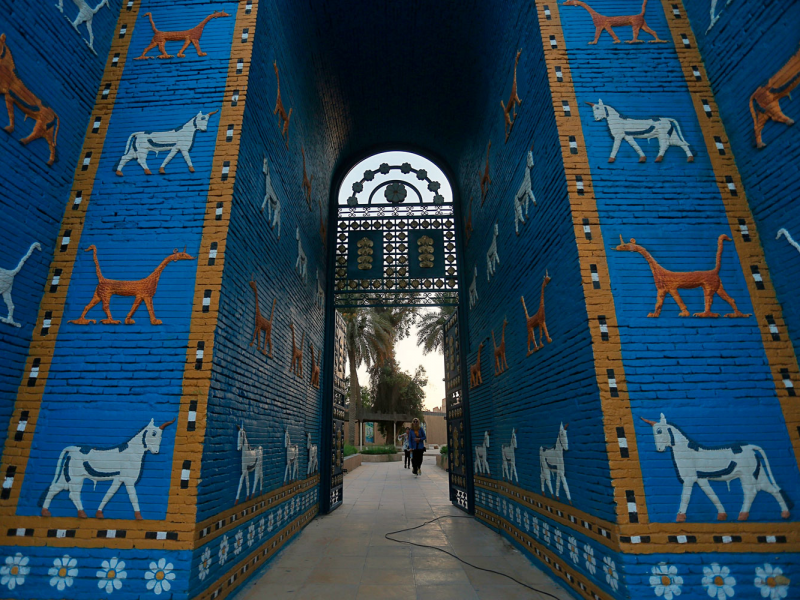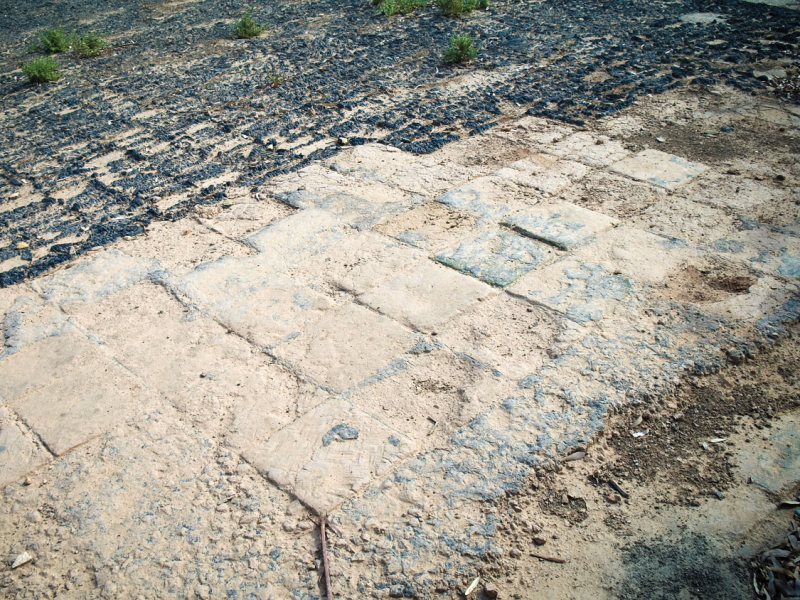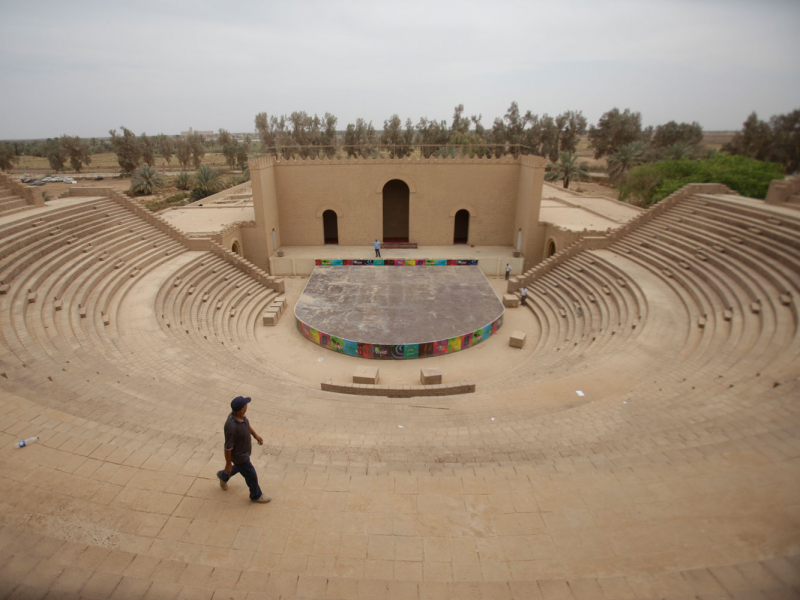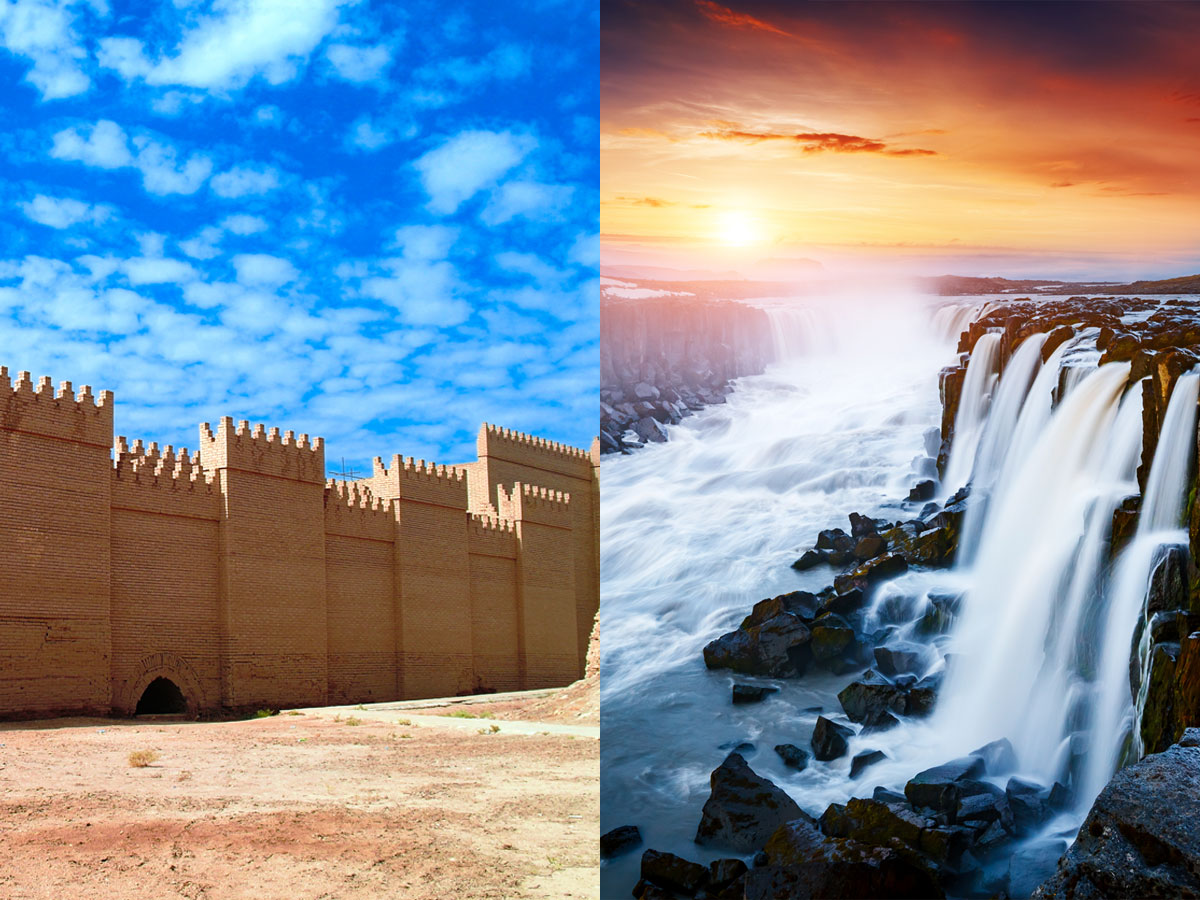- The UNESCO World Heritage Committee voted to add five new destinations to its list of World Heritage sites.
- According to the organization, the new selections include sites in France, Iceland, Brazil, Burkina Faso, and Iraq.
- Here are 18 striking photos of UNESCO’s newest natural and cultural World Heritage sites.
- Visit INSIDER’s homepage for more stories.
Since 1972, the United Nations has protected many of the most beautiful natural sites and prominent historical and cultural landmarks as UNESCO World Heritage sites.
As of Friday, July 5, five more destinations were added to the list of World Heritage sites, which UNESCO says “belong to all the peoples of the world, irrespective of the territory on which they are located.”
According to the organization, the new selections include two natural sites – one in France and one in Iceland – a mixed site (both natural and cultural) in Brazil, and two cultural sites in Burkina Faso and Iraq.
Check out 18 striking photos of the five newest UNESCO World Heritage sites below:
The first of the two new natural World Heritage sites is the French Southern Lands and Seas, a group of islands located in the southern Indian Ocean.

According to UNESCO, the French Southern Lands and Seas consists of the Crozet Archipelago, the Kerguelen Islands, Saint-Paul, and Amsterdam Islands, as well as 60 small sub-Antarctic islands.

Source: UNESCO
This more than 250,000 square-mile region near Antarctica is known for housing a diverse array of wildlife, including King Penguins, yellow-nosed albatrosses, seals, and more.

Source: World Wildlife Fund
Like the more famous Galapagos Islands, the French Southern Lands and Seas are extremely remote and thus serve as a "well-preserved showcases of biological evolution and a unique terrain for scientific research," according to UNESCO.

Source: UNESCO
Next on UNESCO's list is another natural site: Vatnajökull National Park in Iceland.

The volcanic region, which covers nearly 14% of Iceland, is home to beautiful cliffs, rivers, waterfalls, mountains, and glaciers.

Source: UNESCO
Explorers can navigate stunning, bright blue ice caves in Skaftafell Glacier.

When one of Vatnajökull National Park's 10 volcanoes erupts within range of a glacier, the interaction sometimes results in jökulhlaup, or a glacial flood.

Source: UNESCO
Paraty and Ilha Grande in Brazil is the only natural and cultural site of the five added to the list of World Heritage sites.

The tropical location is home to both exotic wildlife and a historic, 18th-century town.

Source: UNESCO
Animals like jaguars, white-lipped peccaries, and woolly spider monkeys live in the region.

Source: UNESCO
The town, meanwhile, was the end point of the Gold Route, which is how gold was shipped to Europe in the 1600s. It also was an entry point for slaves who were forced to work in the mines.

Source: UNESCO
The Ancient Ferrous Metallurgy Sites of Burkina Faso, a recent UNESCO cultural site selection, are where people dating all the way back to the 8th century BC made tools through iron ore reduction.

Source: UNESCO
Even though today's blacksmiths no longer obtain iron from ore, many of the village blacksmiths in Burkina Faso continue to supply tools and participate in ancient rituals.

Source: UNESCO
Finally, the ancient city of Babylon in present-day Iraq became a UNESCO World Heritage cultural cite.

The ancient metropolis, which developed into one of the world's largest and most prominent cities under Hammurabi's rule, was once the capital of the hulking Babylonian Empire.

Source: NPR
After the United States invaded Iraq in 2003, troops constructed a military base on the ruins of Babylon. According to UNESCO, the base caused “major damage” to the archaeological site.

Source: UN
Still, the ancient city is home to many authentic archaeological feats that visitors have been able to explore since the site reopened to tourists in 2009.

- Read more:
- Here's what it's like to visit Babylon, the glorious ancient city that the UN just named a UNESCO World Heritage site
- 7 best girlfriends made a promise to retire together and spent $580,000 building their dream home years before they move in
- Photos show what the 'American' food aisle looks like in grocery stores around the world
- The 30 best places to visit in the world, ranked

